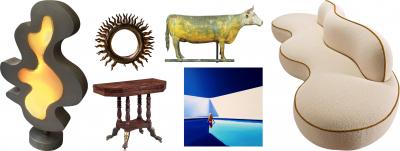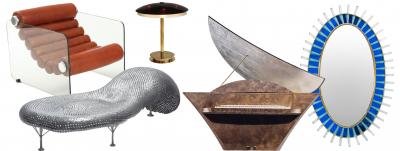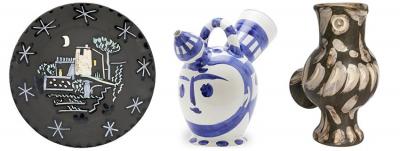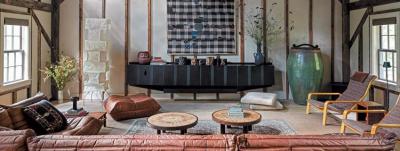Fade to Black: Reflections on the Aging Process of Mirror Glass
Winterthur Primer
 |
When members of Winterthur’s conservation staff noticed small beads of mercury beneath two wall-hung looking glasses they undertook a comprehensive survey to assess the composition and stability of the reflective coatings of looking glasses in the collection. Investigation of the materials and manufacture of these coatings has contributed to a better understanding of the aging process of looking glasses made between the seventeenth and late-nineteenth centuries, and informed strategies for their appropriate care and handling.
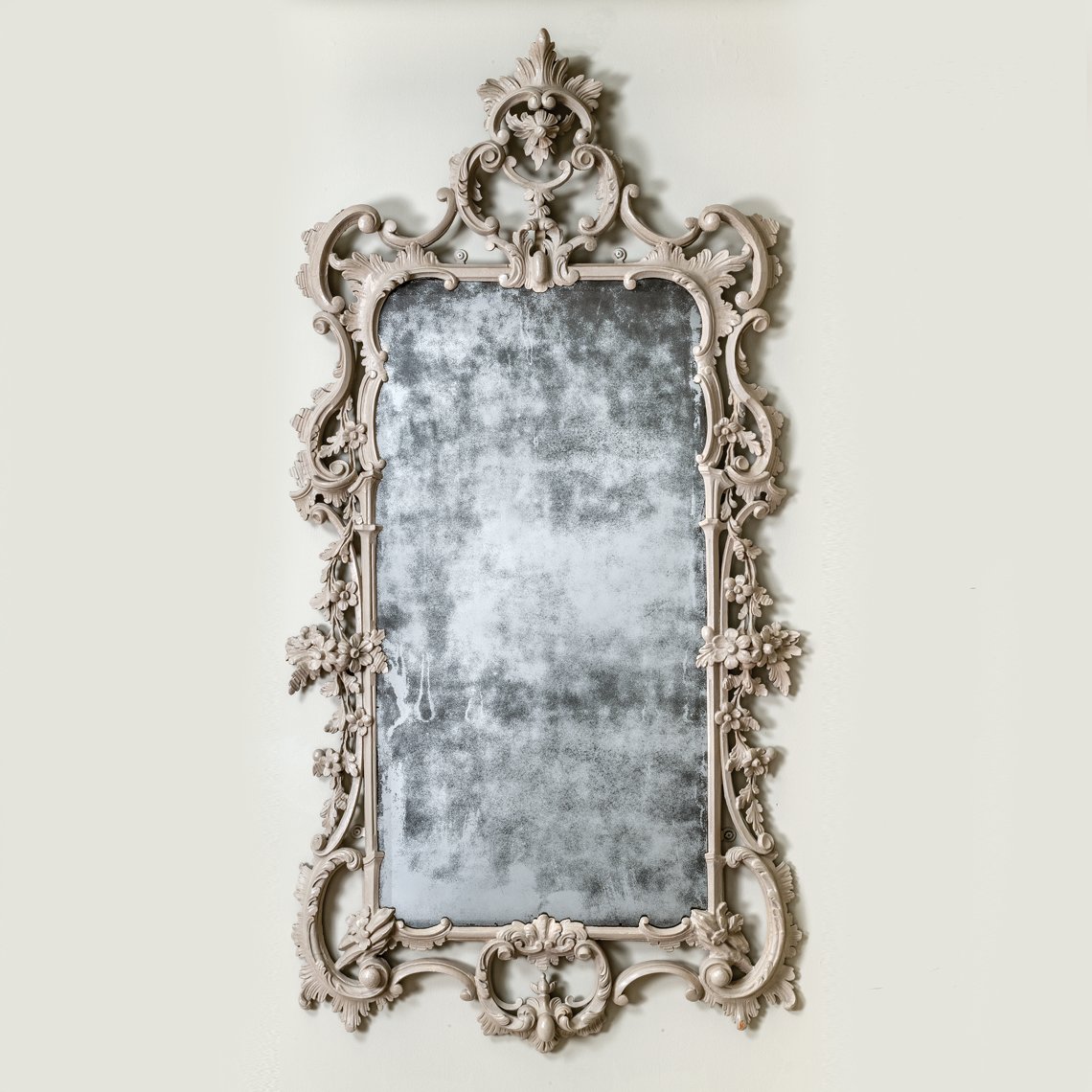 |
Looking glass, frame attributed to James Reynolds (ca. 1736–1794), Philadelphia, Pennsylvania, 1769–70. White pine, tulip poplar, glass probably coated with tin-mercury amalgam. Gift of Henry Francis du Pont; Courtesy of Winterthur Museum (1952.0261). In 1768, Philadelphia merchant John Cadwalader married Elizabeth Lloyd, and during the next two years the couple oversaw construction of an opulent Philadelphia townhouse for which a number of Philadelphia cabinetmakers and carvers, including James Reynolds, supplied furniture and carved architectural woodwork. A surviving bill from Reynolds, dated December 1770, includes several large looking glasses with carved frames, possibly including this example. This looking glass, embellished with gilt decoration, descended in the family until sold in 1949. In 1992, cross-section analysis of the frame’s finish revealed an original layer of pale gray (“stone color”) paint, guiding conservation of the original appearance. Although the reflective surface of the glass has not yet been analyzed with x-ray fluorescence, the pattern of degradation indicates tin-mercury amalgam, consistent with the eighteenth century and suggesting original glass. |
Reflective Coatings: Tin-Mercury Amalgam and Silver Nitrate
In the fifteenth century, Venetian glassmakers began producing cristallo, a colorless, transparent glass well suited for looking glasses, to which they applied an alloy of lead and antimony to create a rough yet moderately reflective surface. By the end of the 1400s, they had developed a smooth blemish-free metallic coating of superior reflective quality made from a tin-mercury amalgam. To make mirror glass, workers brushed tin onto a marble table and flooded it with mercury, dissolving it into a slurry-like amalgam onto which they lowered a sheet of glass. Incrementally, over the course of many days, they raised the sheet to a vertical position, allowing the excess mercury to drain and the remaining amalgam to adhere and solidify. By the mid-seventeenth century, glassmakers had spread this technology to France and England, and it became the industry standard. Production continued until 1886, when countries around the world began to ban mercury, a nerve toxin, in the manufacture of mirrors, because it was a serious health hazard. Earlier, in 1835, German scientist Justus von Liebig introduced a less toxic chemical process using silver nitrate to deposit a thin layer of silver on mirror glass, and by the end of the century this method had supplanted tin-mercury amalgam mirrors on an industrial scale.
Because mirrors backed with tin-mercury amalgam were produced for such a long period of time and there was overlap in production with silver coating, it is not possible to determine the age or originality of glass based on the presence of the tin-mercury reflective coating. Clues to distinguish between the two can help establish a terminus ante quem date of manufacture. Unlike the backs of tin-mercury amalgam mirrors, which were often left unsealed, the backs of silver nitrate mirrors are invariably sealed with an impervious paint or varnish layer to protect the silver from tarnish. (In some instances, the date of manufacture is also stenciled.) The tint in the reflection of a white sheet of paper offers another clue: a cool, slightly bluish hue suggests a reflective coating of tin-mercury amalgam, a warm pale amber hue suggests silver. A more definitive test, x-ray fluorescence spectroscopy (XRF), is available to conservation scientists to confirm the presence of these elements.
Aging and Corrosion
Because tin-mercury amalgams are inherently unstable, degradation is inevitable and irreversible. The amalgam is formed as the mercury reacts with the tin to form a layer of crystals in a liquid mercury-rich matrix. As the amalgam ages, the crystals grow, and mercury from the matrix evaporates and/or is released in liquid form, damaging the reflective surface and speeding the corrosion of the tin into structureless tin oxide. (The reason why some mirrors leak mercury and others do not is not understood.) Darkened speckles, holes of mirroring loss, and a sparkling effect can result as the mercury evaporates and drains, and the spaces between the metallic crystals enlarge. In contrast, deterioration of silver mirrors can appear as light yellow cracks and spots where moisture has penetrated to the metal layer, causing tarnish.
Owners of old mirrors can take preventive measures such as avoiding changing the orientation of the mirror (e.g., from wall-mounted to lying flat) and maintaining an environment of constant temperature and relative humidity, which can help to slow degradation. Consultation with a trained conservator is recommended for further information about the material components and care of mirrors.
Joshua Lane is curator of furniture and Rosie Grayburn is associate scientist and manager of the Scientific Research and Analysis Laboratory, Winterthur Museum, Garden & Library, Winterthur, Delaware.
This article was originally published in the Winter 2020 issue of Antiques & Fine Art magazine, a fully digitized version of which is available at www.afamag.com. AFA is affiliated with Incollect.com.
 |
















